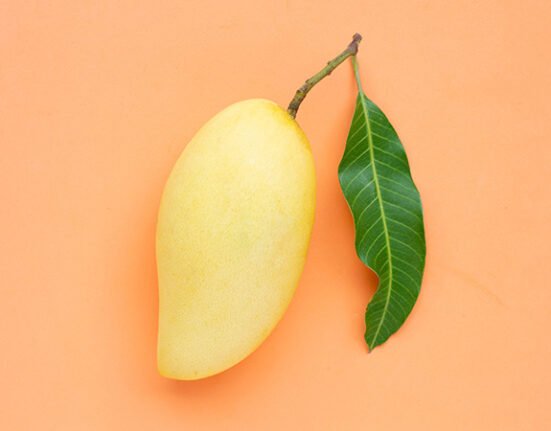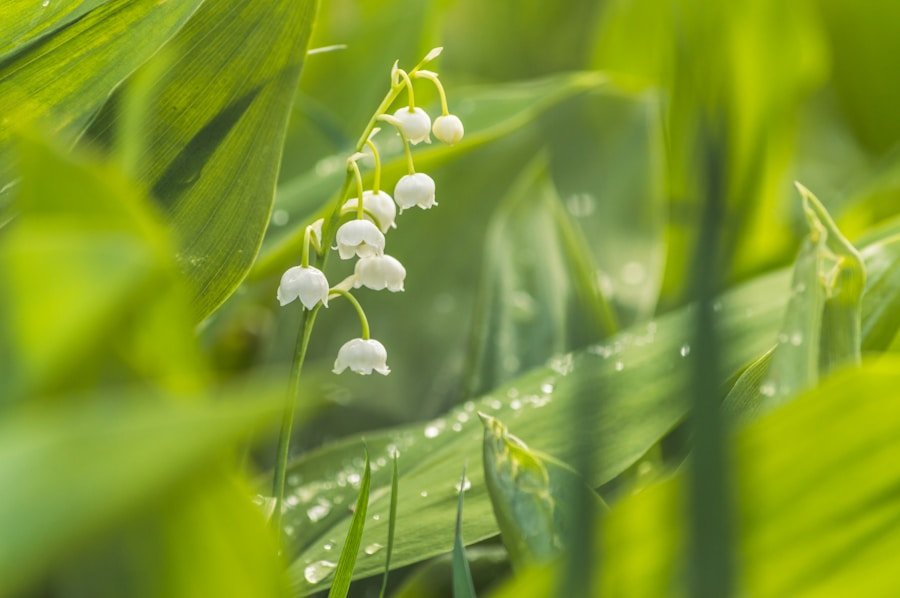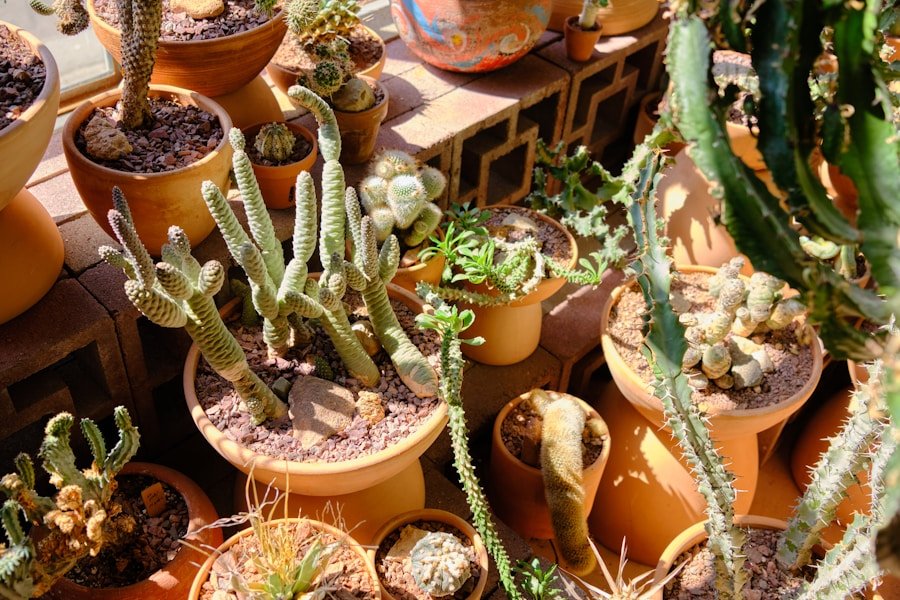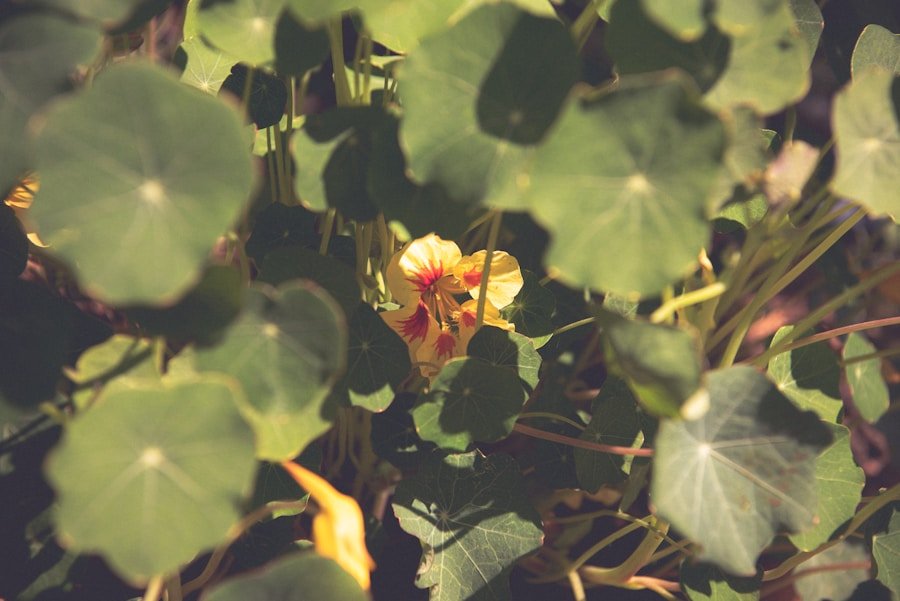From Weed to Wonder: The Surprising Benefits of Dandelions
Taraxacum, commonly known as dandelions, boast a centuries-old history that spans across the globe. Native to Europe and Asia, these plants have dispersed to inhabit almost every continent. Despite being perceived as a nuisance by many, dandelions have been esteemed for their medicinal and culinary properties for centuries. The origin of the name “dandelion” lies












